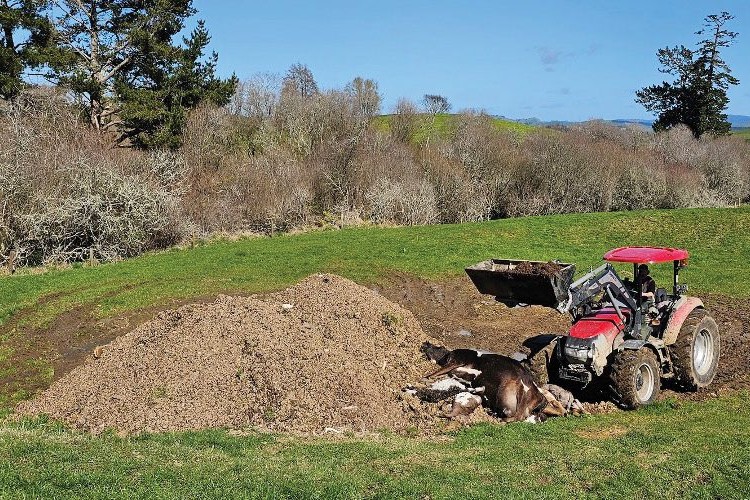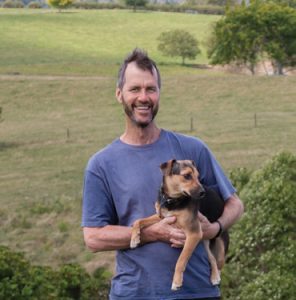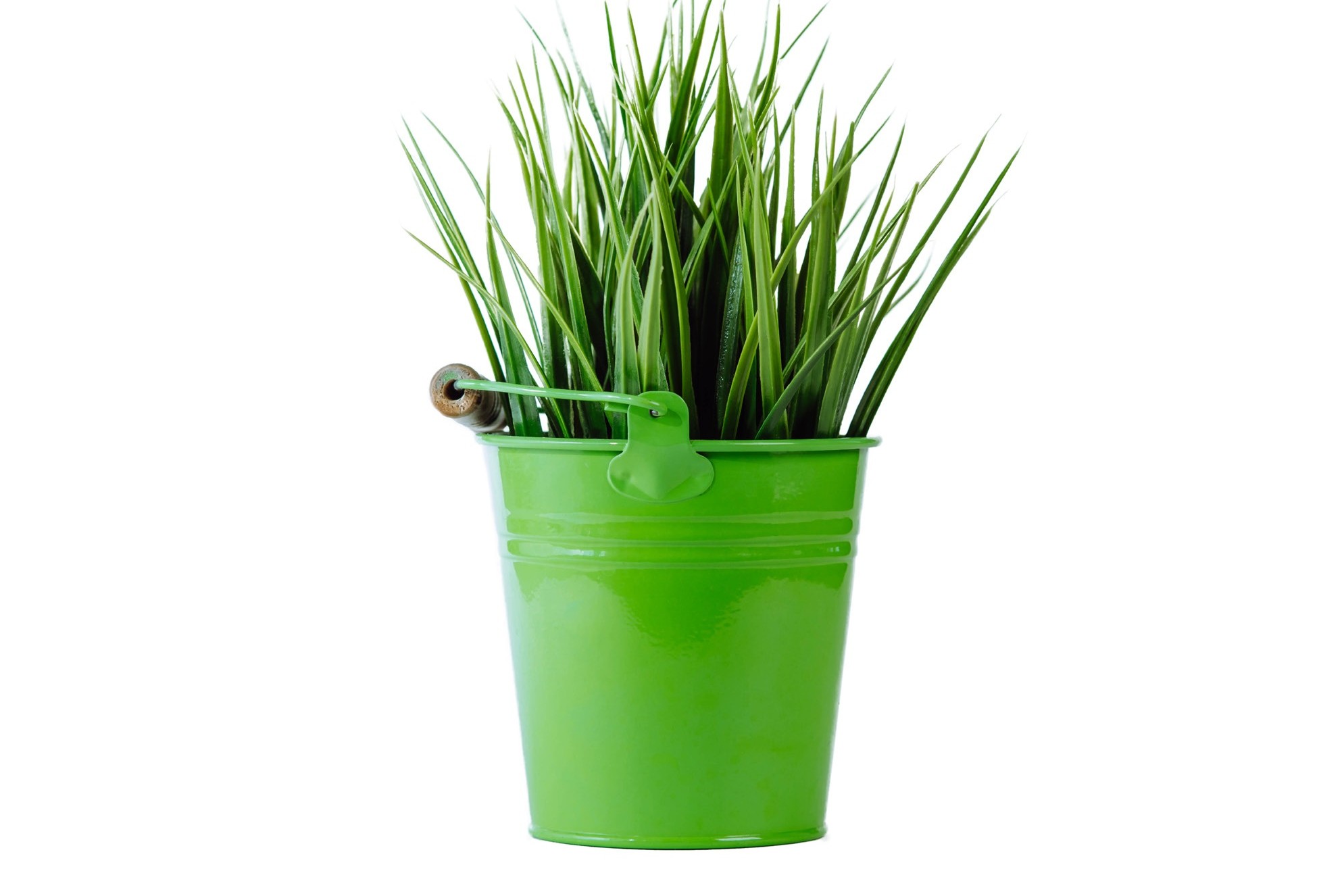Plantations growing with added compost
Composting has proved an effective means for disposal of the occasional carcase onfarm. Peter Morgan writes.

 WE HAVE FOUND A FANTASTIC composting solution to solve the problem of the disposal of any dead stock on our farm, along with the mountain of wood chip that comes out of the calf sheds at the end of each season.
WE HAVE FOUND A FANTASTIC composting solution to solve the problem of the disposal of any dead stock on our farm, along with the mountain of wood chip that comes out of the calf sheds at the end of each season.
The option of composting to dispose of animals never seemed viable until a year ago. We have used the other options of disposal previously, but casualty cow rendering is not available now in our area. Burying, offal holes and burning are not easy, are difficult to set up, and have environmental issues.
We have always had too much calf bedding to use and in the past we have spread it on to the farm, but the pasture is fussy about the ratio of carbon to nitrogen and will tend to go yellow when wood products are added.
After being advised by DairyNZ, we have just finished our first year of using composting for the seven cows we have lost, a number of calves and offal from home kill. We used sawdust from the calf sheds and any waste hay or silage.
We have found that when done correctly there is zero smell and the decomposition happens ridiculously fast. The high composting temperatures destroy most of the pathogens and disease.
To speed the process we open up the stomach of the carcase to allow faster decomposition.
You can also puncture the rumen on its left side to release the gases and add a small amount of bacteria starter such as effluent sludge to speed up the decomposition process.
Efficient compost breakdown just needs a source of carbon, nitrogen, water, air and the bugs.
The wood chip or old silage is a good carbon source and effluent solids or liquids are ideal for a bacteria source if there is a large amount of wood chip.
Sawdust is an ideal carbon source due to its highly absorbent characteristics and ability to make contact with the carcase. However, other sources of carbon can work, hay, straw, leaves, cardboard or branches.
The compost mixture’s moisture content should be 50%. Greater than that will generate odours and there should be at least 0.5 metre of organic material covering the carcases. This layer helps insulate the compost for good temperature control, helps absorb odours and is a barrier to rats.
The finished compost product has been perfect to use where we are planting the 2500 natives around the farm each year. We can’t spread the finished compost on pasture which is grazed by stock, as stated under the NZ Biosecurity (Ruminant Protein) Regulations.
- Watch out for a more in-depth article on composting dead stock in our next issue.
More? www.dairynz.co.nz/environment/on-farm-actions/waste-management/composting-dead-stock





